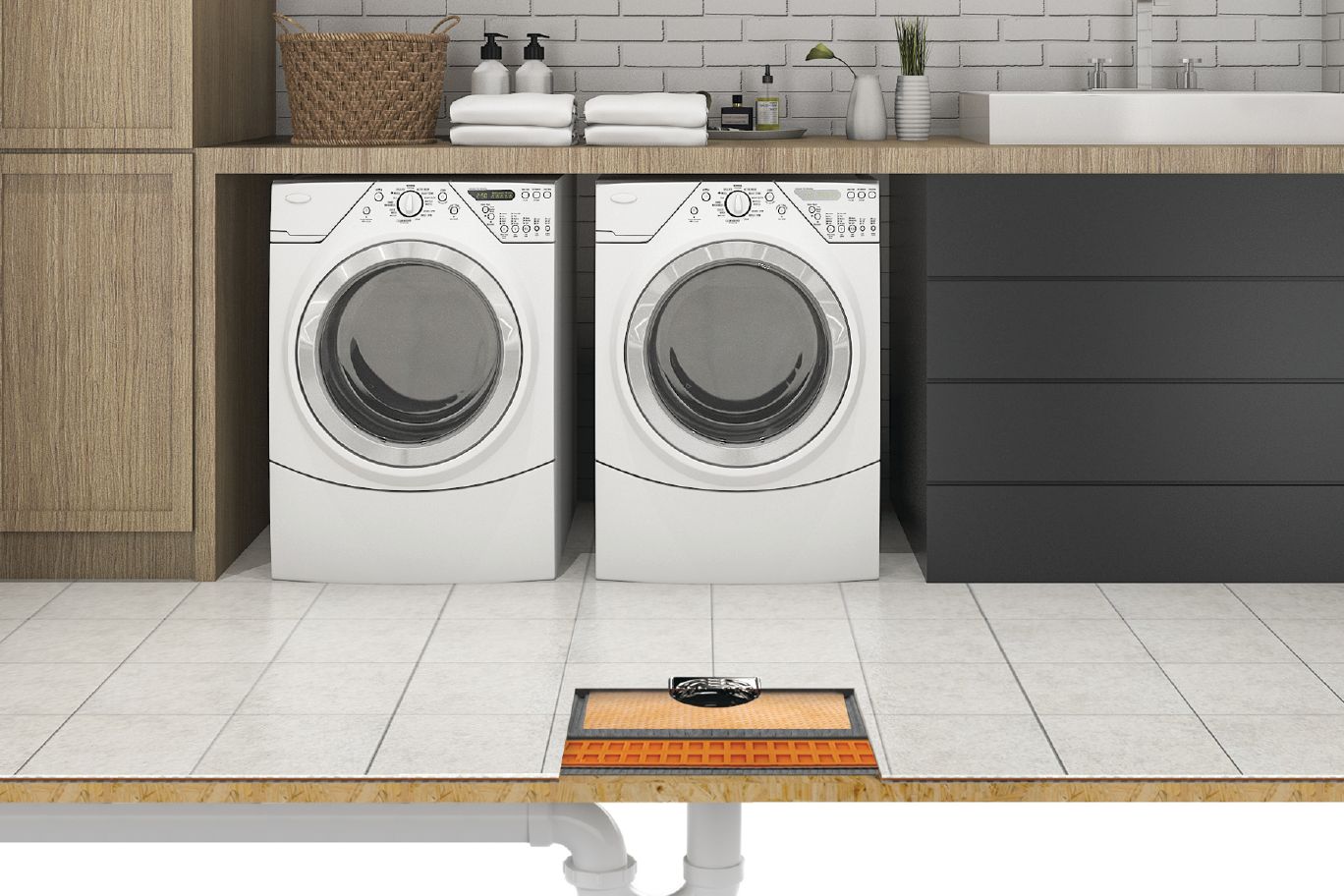

Articles
How To Clean Floor Drain In Laundry Room
Modified: December 7, 2023
Learn how to clean the floor drain in your laundry room with these helpful articles. Ensure proper maintenance and prevent clogs for a clean and efficient laundry space.
(Many of the links in this article redirect to a specific reviewed product. Your purchase of these products through affiliate links helps to generate commission for Storables.com, at no extra cost. Learn more)
Introduction
Welcome to the comprehensive guide on how to clean the floor drain in your laundry room. Floor drains are an essential component of any laundry room, as they help to quickly and efficiently remove excess water and prevent flooding. However, over time, floor drains can become clogged with debris, hair, and other gunk, leading to unpleasant odors and potential drainage issues.
In this article, we will guide you through a step-by-step process to properly clean your floor drain and prevent future clogs. By following these simple instructions and using basic tools and materials, you can ensure that your laundry room remains clean, free from foul odors, and fully functional.
Before we dive into the cleaning process, let’s take a quick look at the tools and materials you will need:
Key Takeaways:
- Keep your laundry room floor drain clean and odor-free by regularly removing debris, using hot water to clear the drain, and applying a baking soda and vinegar mixture to eliminate odors.
- Implement regular maintenance tips such as using drain covers, flushing with hot water, and avoiding dumping foreign objects to prevent future clogs and maintain a smoothly functioning floor drain.
Read more: How To Clean A Laundry Room
Tools and Materials Needed
Before you get started with cleaning your floor drain in the laundry room, it’s important to gather the necessary tools and materials to ensure a thorough and effective job. Here’s a list of what you’ll need:
- Rubber gloves: Protect your hands from dirt and debris during the cleaning process.
- Plunger: A plunger can be effective in removing minor clogs and dislodging debris.
- Wire brush or drain snake: These tools are useful for removing stubborn clogs and clearing blockages in the drain pipe.
- Baking soda: Baking soda is a natural cleaning agent that helps to eliminate odors and break down grease.
- Vinegar: Vinegar is another powerful cleaning agent that can help remove residue and disinfect the drain.
- Hot water: Hot water is essential for flushing out the drain and removing any remaining debris.
- Bucket: A bucket will come in handy for collecting water and debris during the cleaning process.
- Cleaning brush: Use a brush with stiff bristles to scrub the drain cover and surrounding area.
Make sure you have all these tools and materials ready before you begin cleaning your floor drain. Now, let’s move on to the step-by-step process of cleaning the drain.
Step 1: Remove any debris or blockages
The first step in cleaning your floor drain is to remove any visible debris or blockages that may be causing the drainage problem. Follow these simple steps:
- Put on your rubber gloves to protect your hands.
- Inspect the drain cover for any large objects, such as hair, lint, or paper towels. Remove these items using a pair of tongs or gloved hands.
- Next, use a flashlight to inspect the drain pipe for any visible blockages. If you can see any debris or gunk, try to remove it using a plunger or your gloved hand.
- If the blockage seems stubborn, you can try using a wire brush or a drain snake to dislodge it. Insert the wire brush or drain snake into the drain pipe and rotate it gently to break up the clog.
- Once you have removed as much debris as possible, use a bucket or a towel to collect any water that may have accumulated in the drain.
By removing visible debris and blockages, you have already improved the drainage of your floor drain. However, it’s important to move on to the next steps to ensure a thorough cleaning and prevent future clogs.
Step 2: Clear the drain with hot water
After removing any visible debris or blockages from the floor drain, the next step is to clear the drain using hot water. Hot water helps to dissolve any remaining residue and flush out the drain pipe. Follow these steps:
- Boil a kettle or pot of water.
- Carefully pour the hot water directly into the drain. Be cautious not to splash yourself or others.
- Allow the hot water to sit in the drain for a few minutes, giving it time to break down any stubborn residue.
- After a few minutes, turn on the faucet or use another source of hot water to flush out the drain. This will help to rinse away any remaining debris.
- If the water does not flow freely or if there is still some resistance, you may need to repeat the process or move on to the next step.
Clearing the drain with hot water is an effective way to remove built-up residue and improve the flow of water through the drain. However, if you’re still experiencing slow drainage or foul odors, it’s time to move on to the next step and tackle the issue more directly.
Step 3: Use a drain snake or wire brush to remove stubborn clogs
If clearing the drain with hot water did not completely eliminate the clog or improve the drainage, it’s time to use a drain snake or wire brush to tackle stubborn clogs. Here’s how you can do it:
- Choose either a drain snake or a wire brush, depending on what you have available. Both tools are effective in dislodging and removing stubborn clogs.
- Insert the drain snake or wire brush into the drain, pushing it as far as it will go.
- If using a drain snake, rotate it clockwise as you push it deeper into the drain. This motion helps to break up the clog and allows you to pull it out easily.
- For a wire brush, use a back-and-forth motion or twist it gently to dislodge the clog.
- Continue rotating or brushing until you feel some resistance or until the tool reaches the clog.
- Slowly retract the drain snake or wire brush, pulling out any debris or clog that may have accumulated.
- Once you have cleared the clog, run hot water through the drain to flush out any remaining debris.
Using a drain snake or wire brush is an effective method for dealing with stubborn clogs that hot water alone may not be able to remove. However, if the clog persists or if you are still experiencing slow drainage, it may be necessary to move on to the next step.
Use a mixture of baking soda and vinegar to clean the floor drain in your laundry room. Pour the baking soda down the drain, followed by the vinegar. Let it sit for 30 minutes, then flush with hot water. Repeat as needed.
Read more: How To Tile Laundry Room Floor
Step 4: Apply a mixture of baking soda and vinegar to eliminate odors
If you’ve noticed unpleasant odors coming from your floor drain, it’s time to tackle them head-on. You can use a mixture of baking soda and vinegar to eliminate these odors and freshen up the drain. Here’s how:
- Start by pouring about 1/2 cup of baking soda directly into the drain. Make sure to distribute it evenly.
- Follow the baking soda with 1 cup of vinegar. The combination of baking soda and vinegar creates a chemical reaction that helps to break down odorous residue.
- As the mixture fizzes and bubbles, let it sit in the drain for about 10-15 minutes. This gives the baking soda and vinegar enough time to work their magic.
- Next, carefully pour hot water into the drain to flush out the mixture and any residual odor-causing substances.
- Repeat this process if necessary, especially if the odors persist.
The mixture of baking soda and vinegar is an effective and natural way to eliminate odors in your floor drain. It helps to neutralize any lingering smells and freshen up your laundry room. However, to ensure long-lasting freshness, it’s essential to move on to the next steps and thoroughly clean the drain.
Step 5: Rinse the drain with hot water
After applying the baking soda and vinegar mixture to eliminate odors, it’s important to rinse the drain with hot water to flush out any remaining residue. Here’s how you can do it:
- Boil a kettle or pot of water.
- Carefully pour the hot water directly into the drain.
- Allow the hot water to run through the drain for several minutes. This will help to flush out any remaining debris and residue.
- If necessary, repeat the process to ensure a thorough rinse.
Rinsing the drain with hot water is an essential step in the cleaning process. It helps to remove any traces of cleaning agents, debris, and odor-causing substances that may still be present in the drain. By doing so, you will ensure a clean and fresh-smelling laundry room.
Now that you have rinsed the drain, it’s time to move on to the next step and clean the drain cover and surrounding area.
Step 6: Clean the drain cover and surrounding area
Once you have cleaned and cleared the floor drain, it’s important to give some attention to the drain cover and the surrounding area. This step will help to maintain cleanliness and prevent any future buildup. Follow these steps to clean the drain cover and its surroundings:
- Remove the drain cover by either lifting it or unscrewing it, depending on the type of drain cover you have.
- Inspect the drain cover for any visible debris, hair, or residue. Use a cleaning brush with stiff bristles to scrub the cover and remove any buildup.
- If the drain cover is greasy or has stuck-on residue, you can use a mixture of dish soap and warm water to clean it. Scrub the cover thoroughly and rinse it with clean water.
- While the drain cover is removed, take the opportunity to clean the surrounding area. Use a damp cloth or sponge to wipe down the floor and remove any dirt or grime.
- Once you have cleaned the drain cover and the surrounding area, place the drain cover back in its position and secure it properly.
Cleaning the drain cover and its surroundings is a crucial step in maintaining the cleanliness of your laundry room. By removing any dirt or residue that may have accumulated, you’ll prevent future clogs and keep your floor drain in optimal condition.
Now that you’ve completed the cleaning process, let’s move on to the final step, which involves regular maintenance tips to prevent future clogs.
Step 7: Regular maintenance tips to prevent future clogs
To ensure that your floor drain remains free from clogs and odors in the long run, it’s important to follow some regular maintenance tips. By incorporating these practices into your routine, you can prevent future issues and keep your laundry room functioning smoothly. Here are some tips to consider:
- Regularly remove debris: Make it a habit to regularly check and remove any visible debris, such as lint, hair, or small objects, from the drain cover and surrounding area. This will prevent them from entering the drain and causing clogs.
- Use drain covers or strainers: Install drain covers or strainers over the floor drain to catch larger debris before it can enter and clog the drain pipe. Clean these covers or strainers regularly as well.
- Flush with hot water: Periodically flush your floor drain with hot water to help remove any buildup and keep the drain clean. This can be done once a month or as needed.
- Avoid dumping foreign objects: Ensure that you do not dump any foreign objects, such as food scraps, sanitary products, or chemicals, down the floor drain. These can lead to clogs and damage the drain system.
- Perform regular inspections: Regularly inspect the drain system for any signs of leaks, corrosion, or damage. Address any issues promptly to prevent further damage or clogs.
- Consider professional maintenance: If you experience frequent clogs or notice persistent odor issues, it may be beneficial to schedule professional drain maintenance. A plumber can perform a thorough cleaning and inspect the drain system for any underlying problems.
By incorporating these regular maintenance tips into your laundry room routine, you can keep your floor drain in optimal condition and minimize the risk of clogs and odors. Remember, prevention is key when it comes to ensuring a smoothly functioning drain system.
With these steps and tips, you now have a comprehensive guide on how to clean the floor drain in your laundry room. By following these instructions and implementing regular maintenance practices, you can keep your drain clean, prevent clogs, and maintain a clean and functional laundry room for years to come.
Thank you for using our guide, and happy cleaning!
Read more: What Flooring Is Best For Laundry Room
Conclusion
Cleaning the floor drain in your laundry room is a necessary task to maintain proper drainage, eliminate odors, and prevent potential flooding. By following the step-by-step instructions outlined in this guide, you can effectively clean your floor drain and keep it in optimal condition.
Starting with the removal of debris and blockages, using hot water to clear the drain, and employing tools like drain snakes and wire brushes for stubborn clogs, you can ensure a thorough cleaning process. Applying a mixture of baking soda and vinegar helps to eliminate odors, while rinsing the drain with hot water flushes away residue. Cleaning the drain cover and surrounding area ensures cleanliness and minimizes future buildup.
To maintain a well-functioning drain system, it is crucial to implement regular maintenance practices. Removing debris, using drain covers or strainers, flushing with hot water, and avoiding dumping foreign objects down the drain will help prevent clogs and keep the drain in optimal condition. Periodic inspections and considering professional maintenance when necessary will ensure any underlying issues are addressed promptly.
By following these guidelines and incorporating regular maintenance into your laundry room routine, you can enjoy a clean and smoothly functioning floor drain for years to come.
Remember, prevention is the key to avoiding major drainage problems. By investing a little time and effort into regular cleaning and maintenance, you can save yourself from the hassle, inconvenience, and potential expenses associated with clogged floor drains.
We hope this comprehensive guide has been helpful in guiding you through the process of cleaning your floor drain. With a clean and properly functioning drain, you can enjoy a clean, fresh-smelling laundry room while avoiding any unwanted water damage or drainage issues.
Thank you for reading, and happy cleaning!
Frequently Asked Questions about How To Clean Floor Drain In Laundry Room
Was this page helpful?
At Storables.com, we guarantee accurate and reliable information. Our content, validated by Expert Board Contributors, is crafted following stringent Editorial Policies. We're committed to providing you with well-researched, expert-backed insights for all your informational needs.
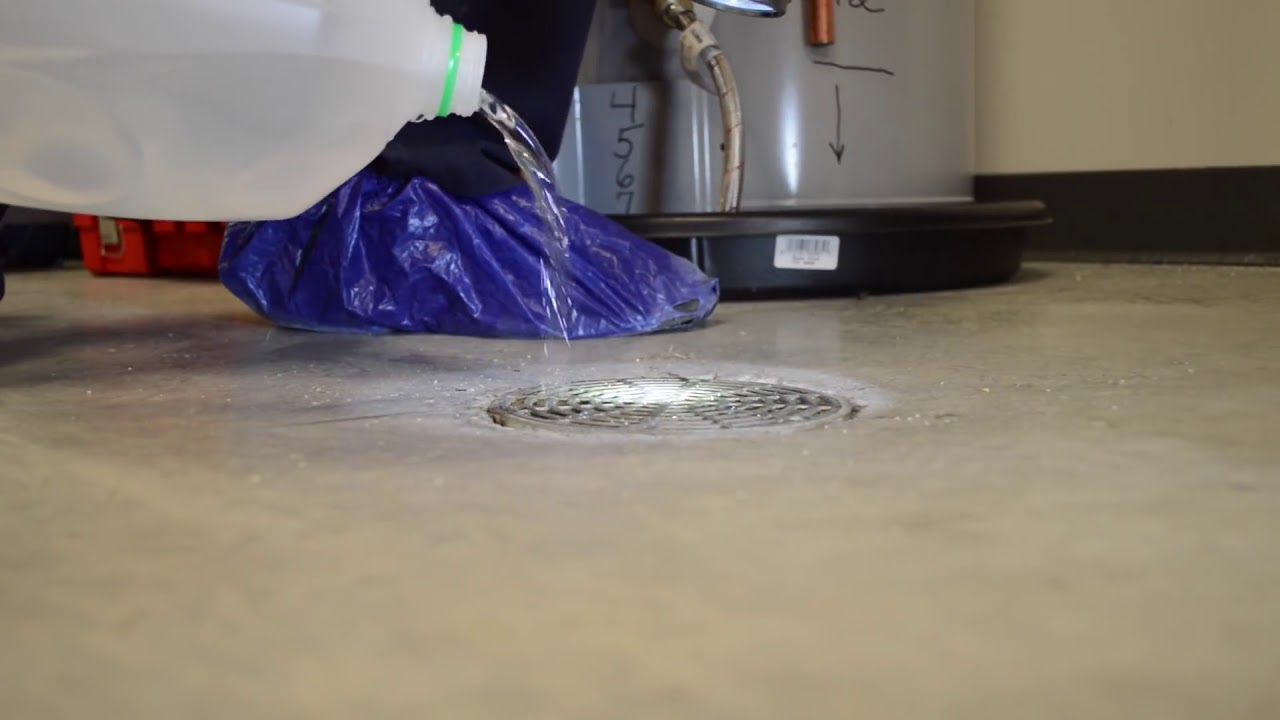
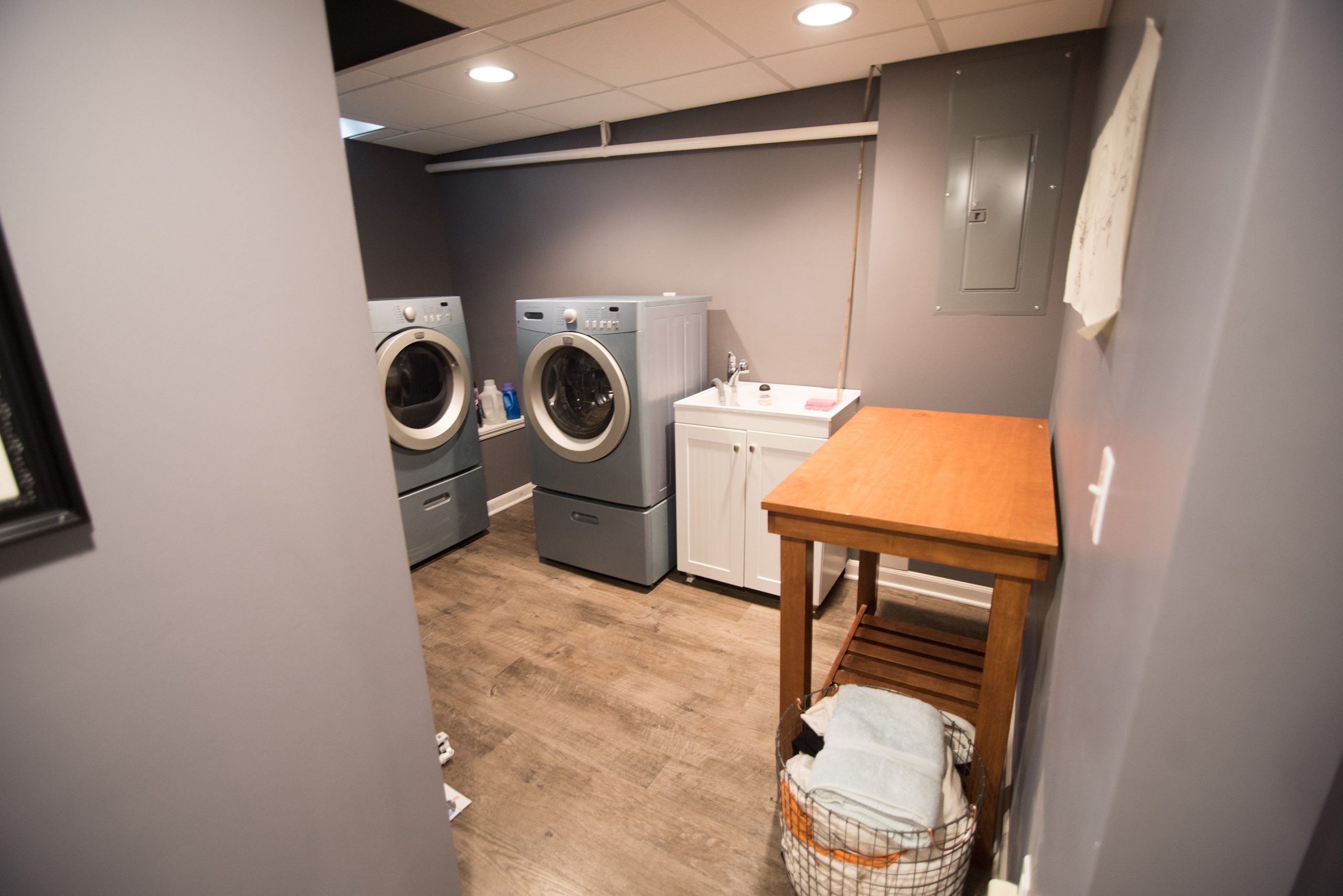
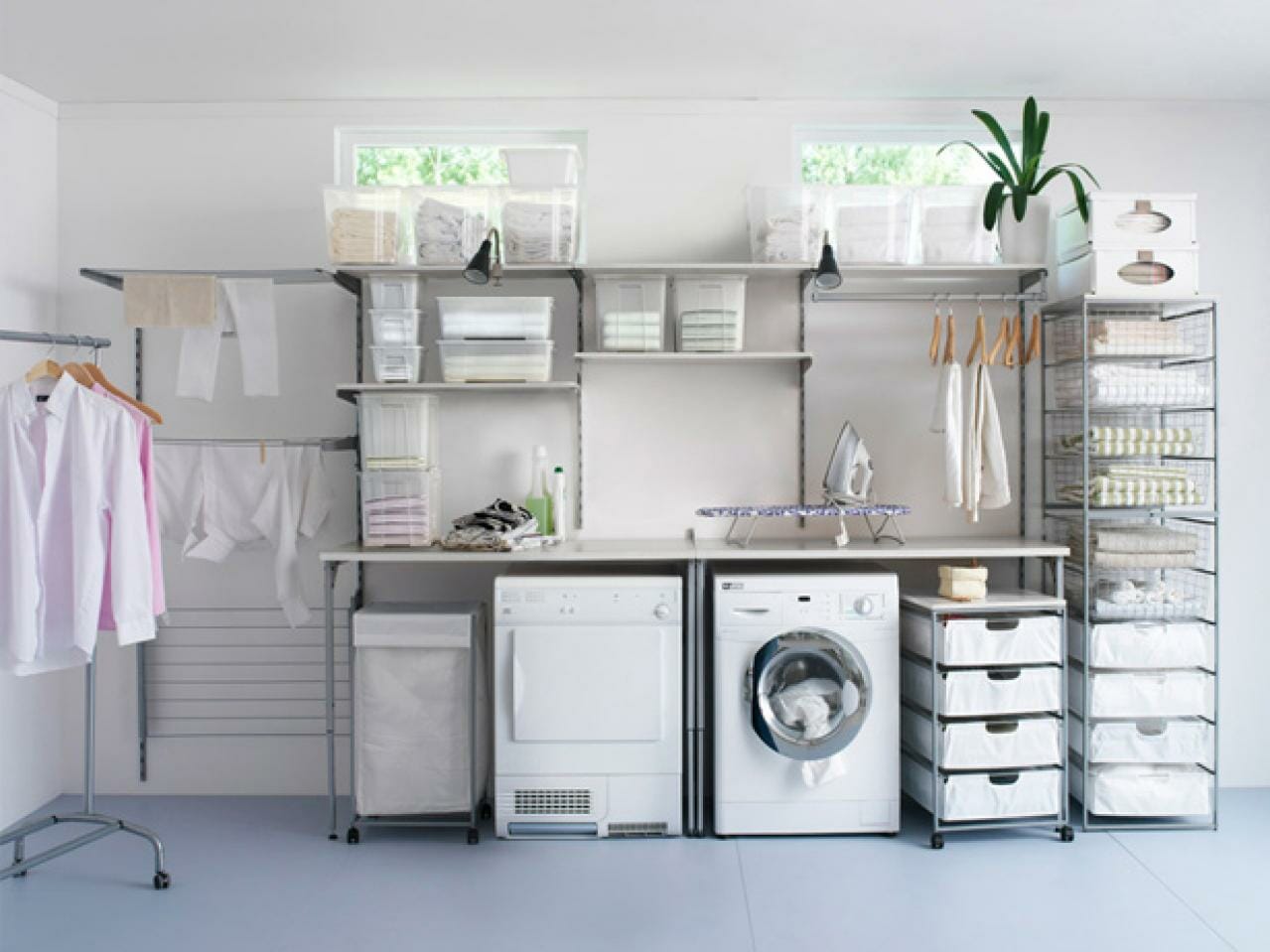
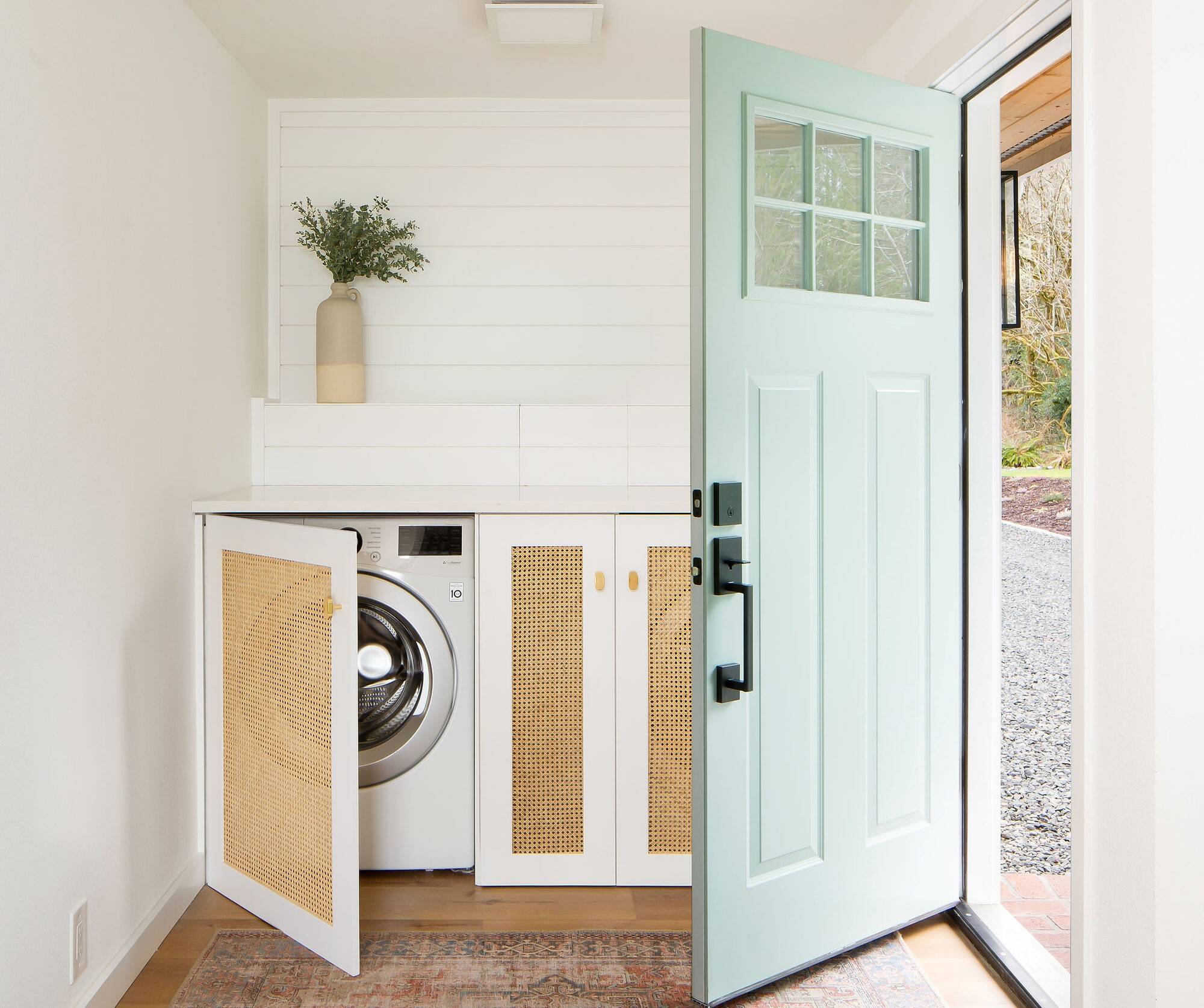
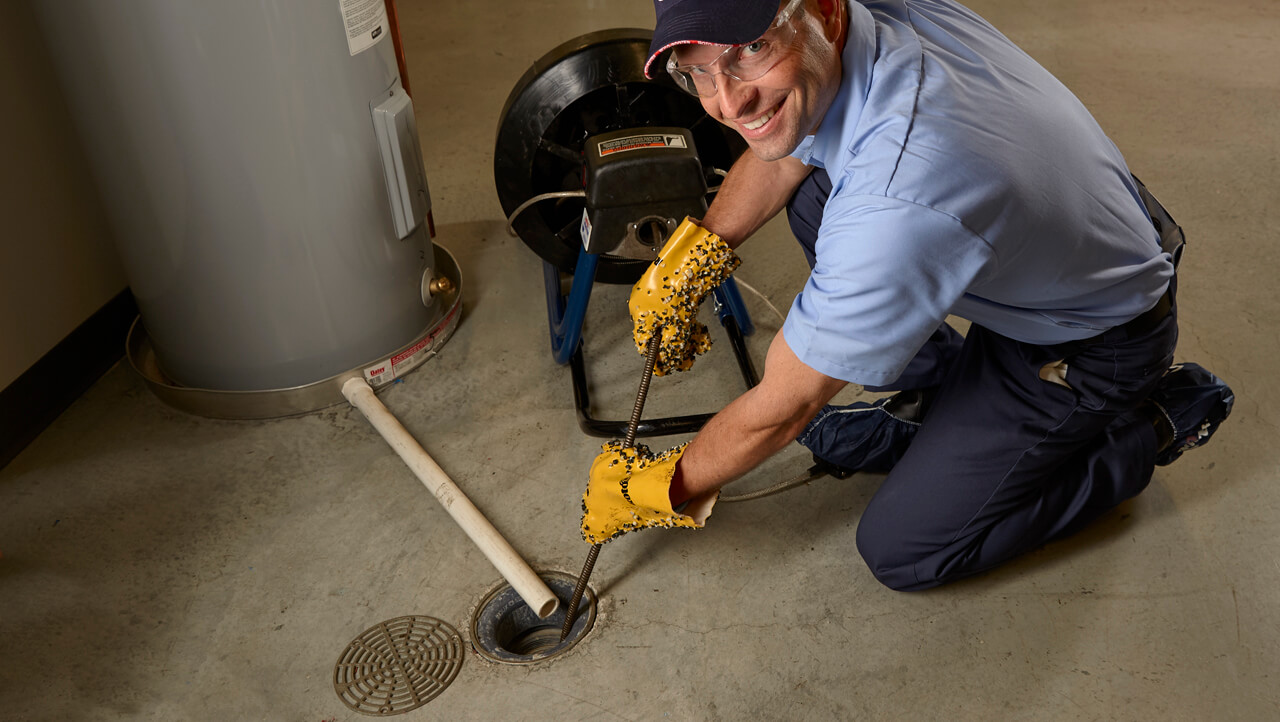
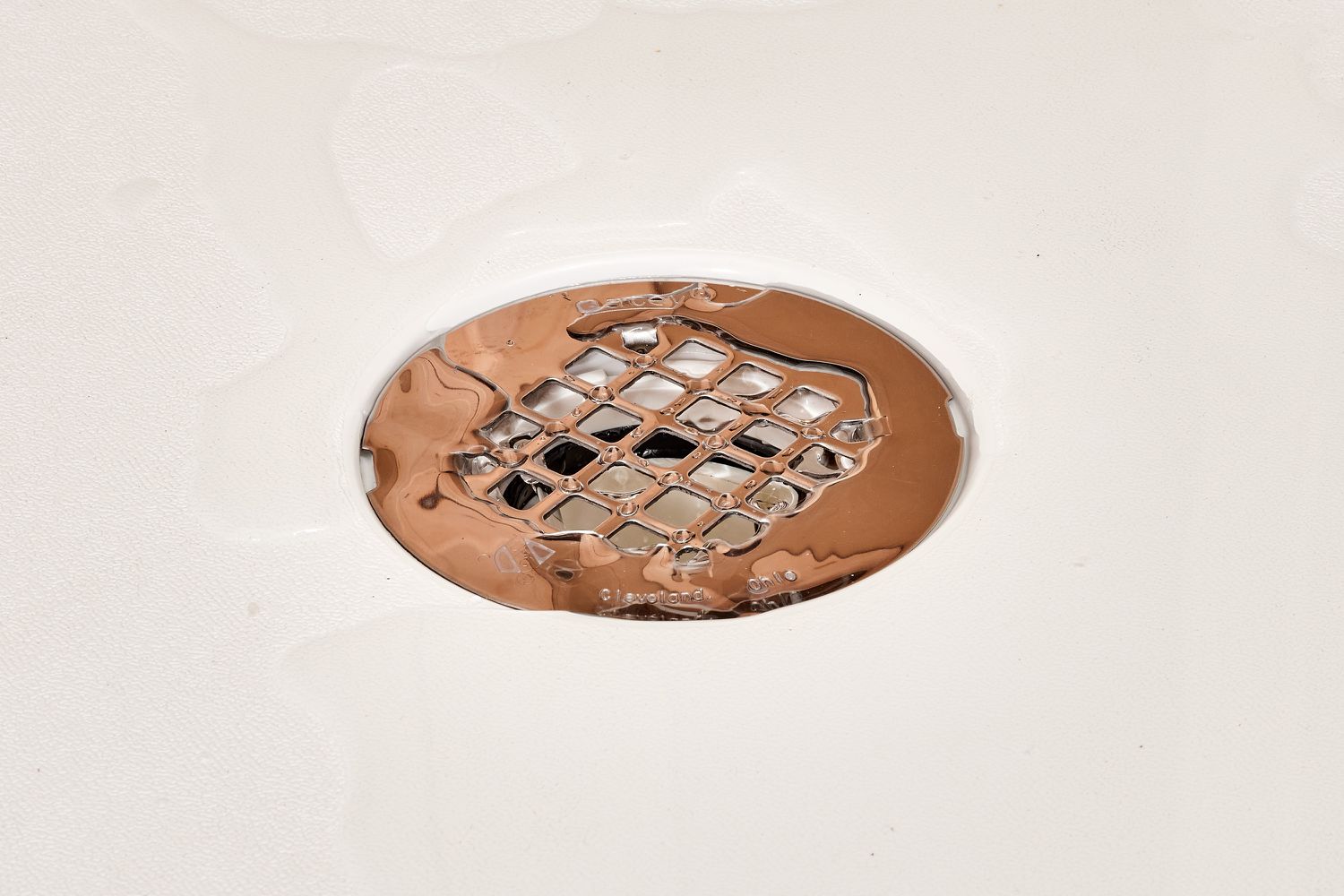
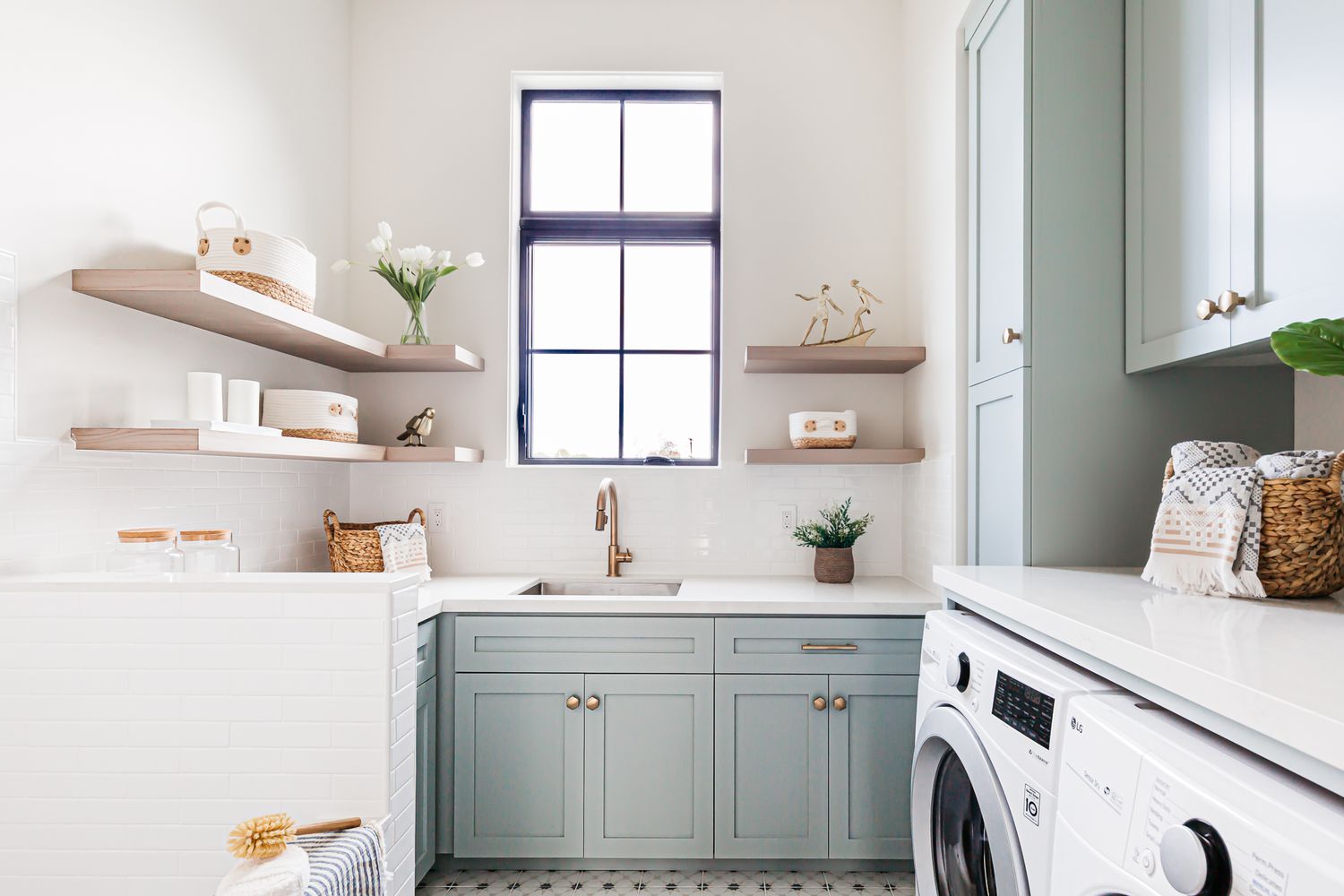
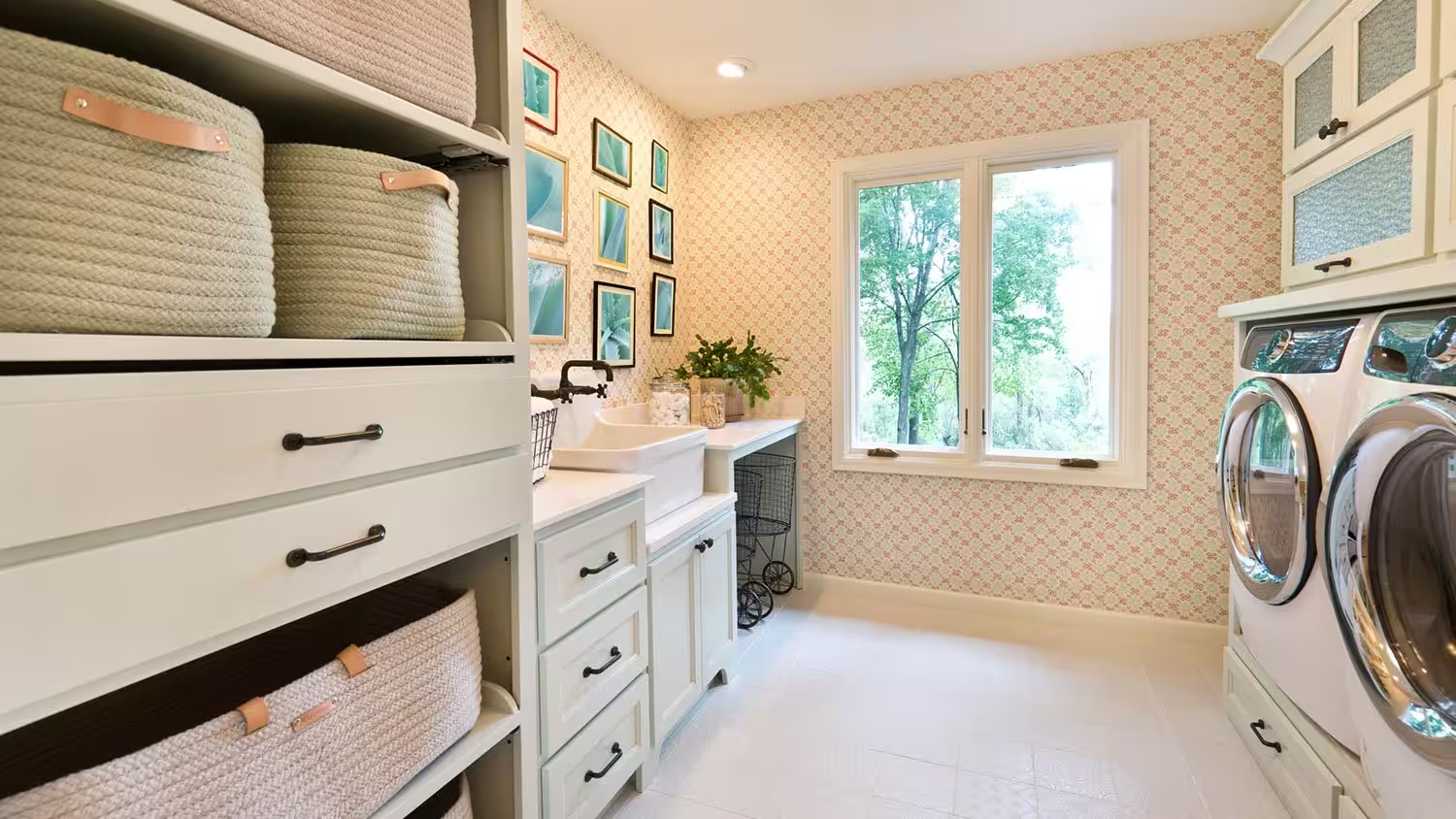
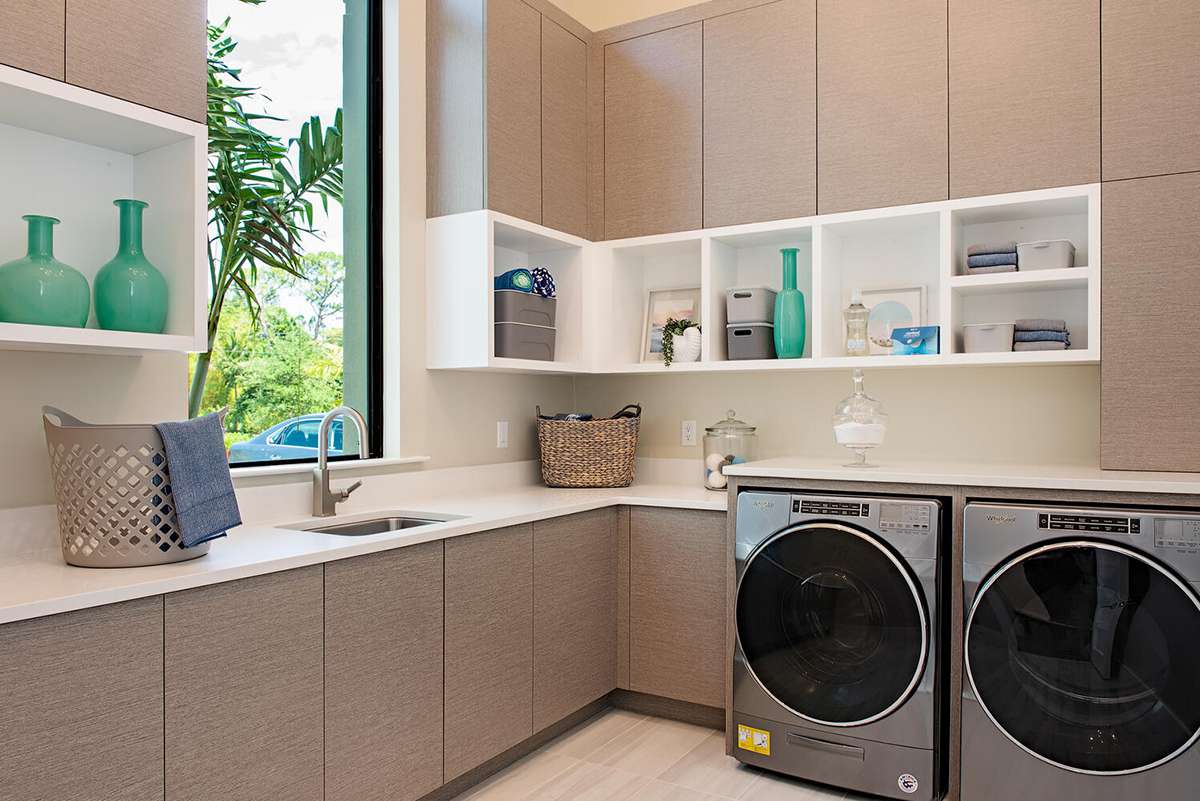
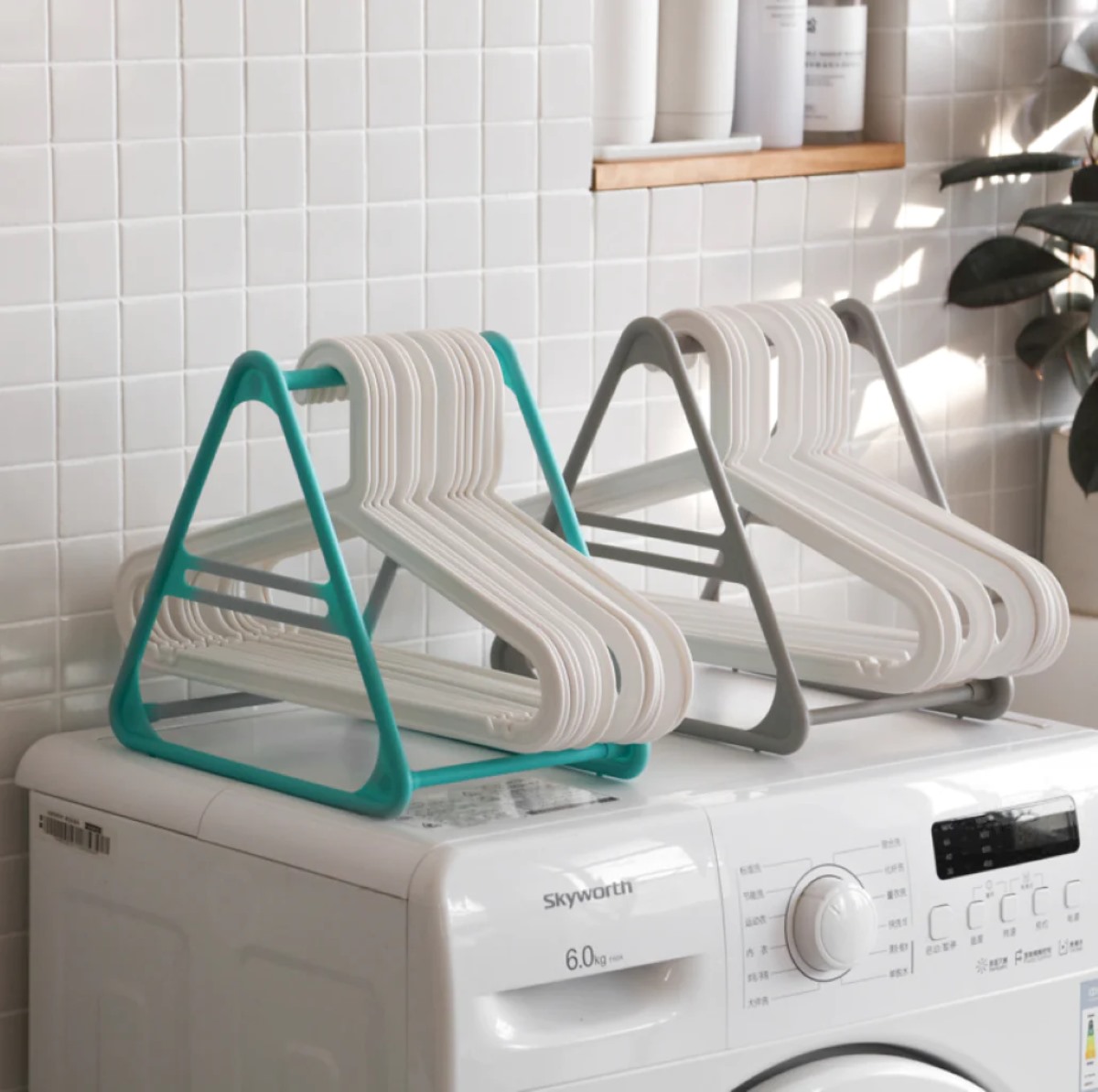

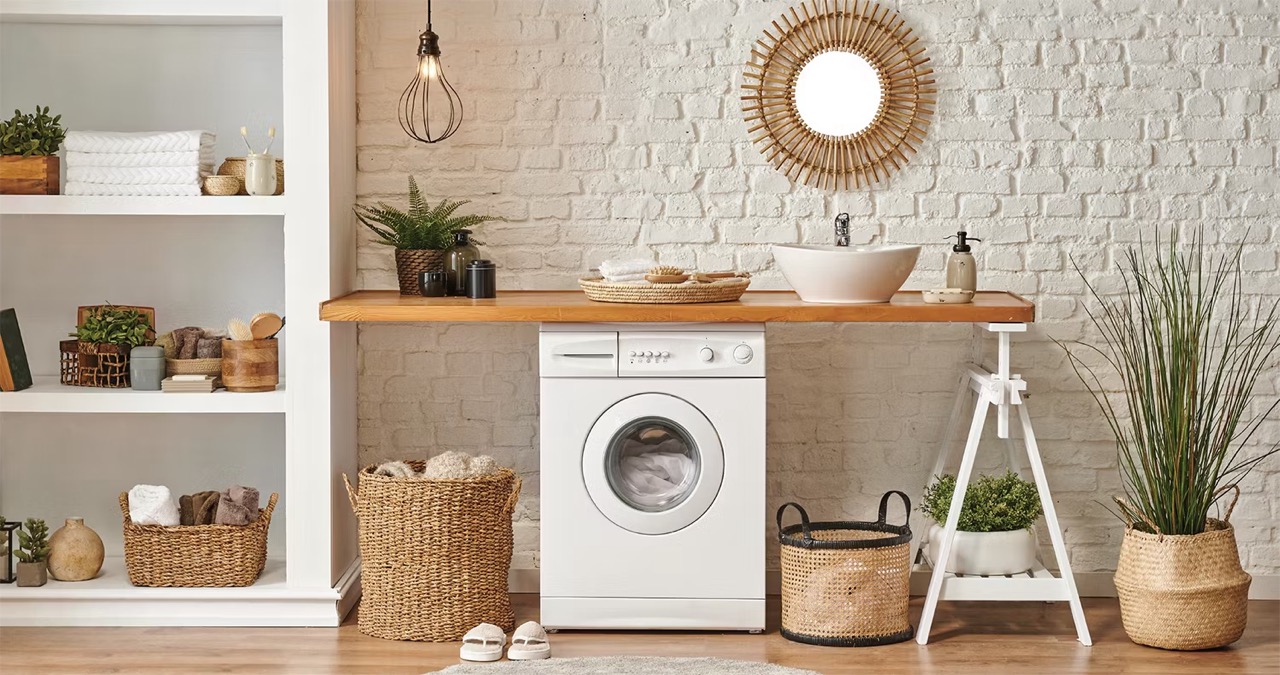
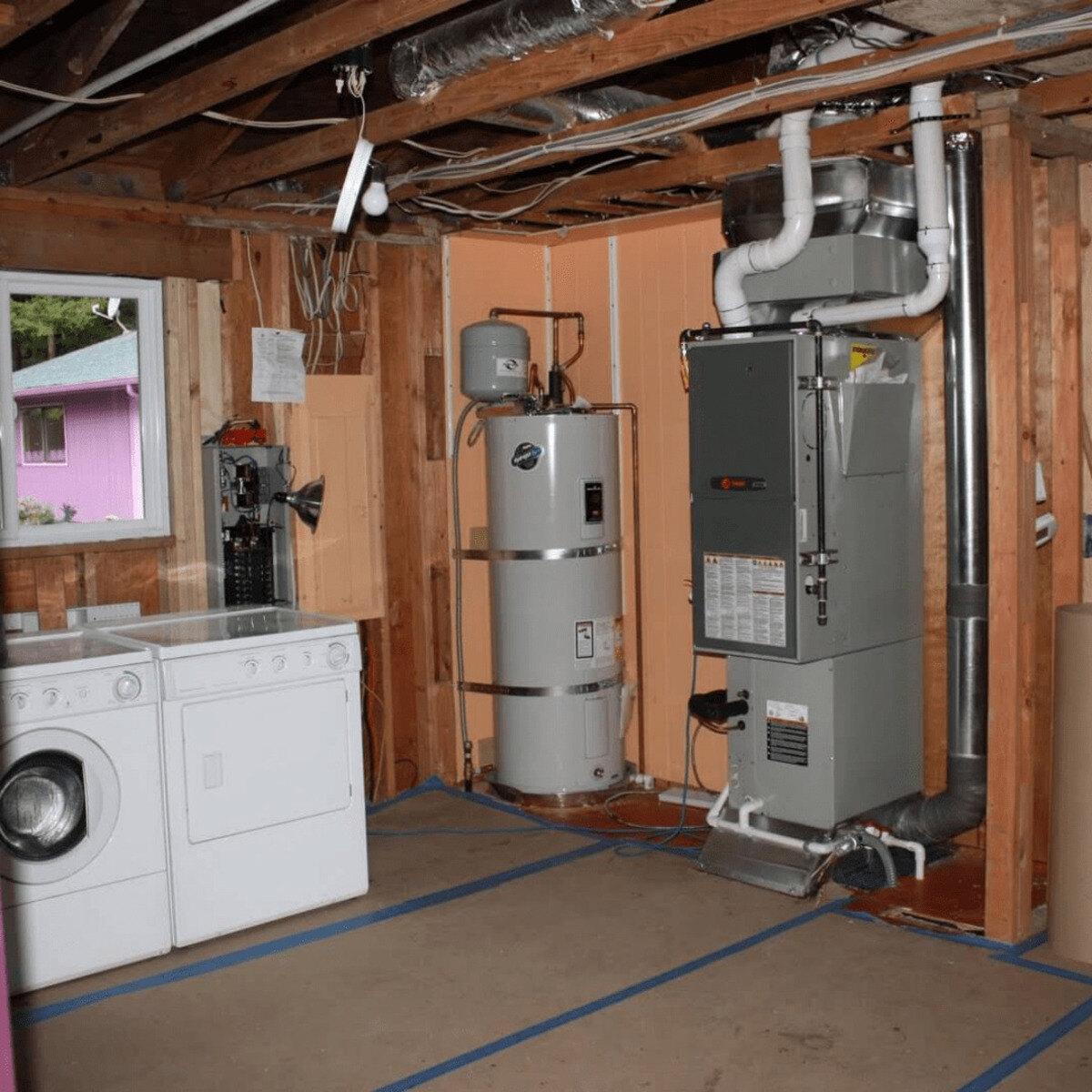

0 thoughts on “How To Clean Floor Drain In Laundry Room”